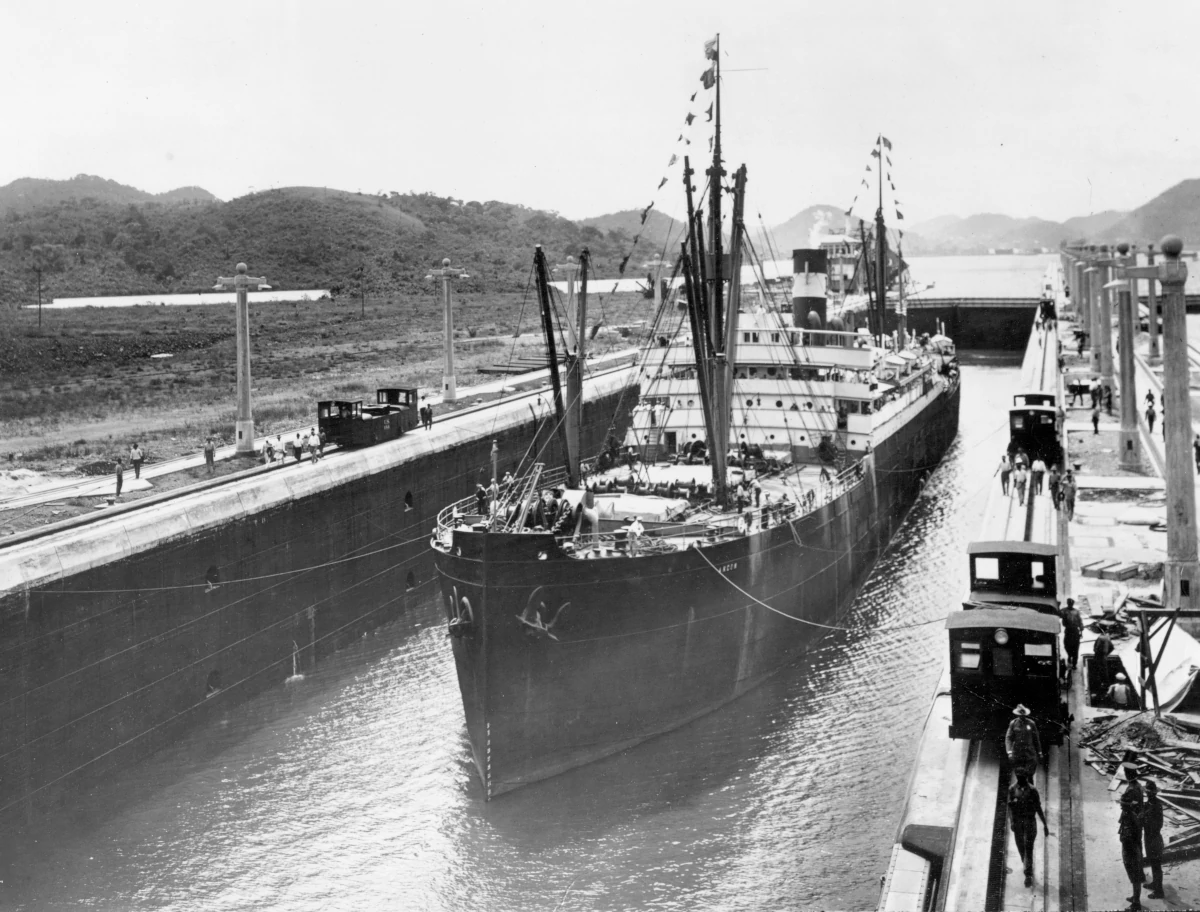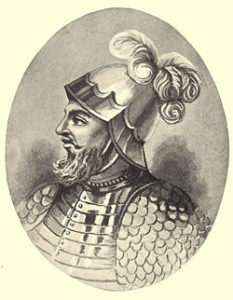
SOME EARLY CANAL PLANS

The dream of digging a water passage across the Isthmus of Panama uniting the Atlantic and Pacific oceans dates to the early 16th century, and can be traced to the 1513 Isthmian crossing of Vasco Nuñez de Balboa. He discovered that only a narrow strip of land separated the two oceans. Holy Roman Emperor Charles V, who was also Charles I of Spain, initiated a movement to build a passage across the Isthmus.
By decree issued in 1534, Charles ordered the Panama regional governor to survey a route to the Pacific following the Chagres River. This was the first survey for a proposed ship canal through Panama, and it more or less followed the course of the current Panama Canal. At the time the survey was completed, it was the governor’s opinion that it would be impossible for anyone to accomplish such a feat.
United States interest in a canal to join the Atlantic and Pacific oceans across the Central American Isthmus, not necessarily at Panama, awakened relatively late. The discovery of gold in California in 1848 created a tremendous volume of transisthmian business, mostly overland using the Panama Railroad as it was completed and came into use, and interest in a canal was heightened.
Inauguration in 1869 of Ulysses S. Grant as the 18th U.S. president brought new impetus to U.S. canal policy. Grant’s personal interest went back to July 1852, when, as an Army captain, he led the American Fourth Infantry across the Isthmus of Panama en route to garrison duty in California. The military detachment of several hundred men, together with their dependents, became victims of a raging cholera epidemic in Panama that claimed the lives of 150 men, women and children. Grant later wrote of the tragic incident, “The horrors of the road in the rainy season are beyond description.”
In 1869, President Grant ordered survey expeditions to Central America. The expeditions were organized by Navigation Bureau Chief Commodore Daniel Ammen and were under the command of the Secretary of the Navy. Surveys were conducted in Tehuantepec, Mexico, by Captain Robert W. Shufeldt; in the Darien by Commander Thomas Oliver Selfridge; in Nicaragua by Commander Chester Hatfield, Commander Edward P. Lull and Chief Civil Engineer Aniceto G. Menocal; and in Panama along the railroad line by Lull and Menocal. The fine quality of these surveys is still recognized today. Interestingly, the route of the current Panama Canal is nearly identical to that proposed by this Panama survey.
An Interoceanic Canal Commission was appointed by President Grant to evaluate the findings resulting from these Navy expeditions that took place between 1870 and 1875. A report was prepared by the Commission and, following due consideration, the Commission, in 1876, came out in favor of the Nicaragua route.
The U.S. Isthmian Canal Commission of 1899-1901, usually referred to as the second Walker Commission, after its president, Rear-Admiral John G. Walker, was, following failure of the French canal effort, ordered to again study all routes feasible to constructing a water route between the Atlantic and Pacific oceans. The study was ordered by U.S. President William McKinley, who succeeded Grant in office. This time, the Panama and Nicaragua routes were to receive special consideration. The Nicaragua route again came out as the favored choice, but not for long.